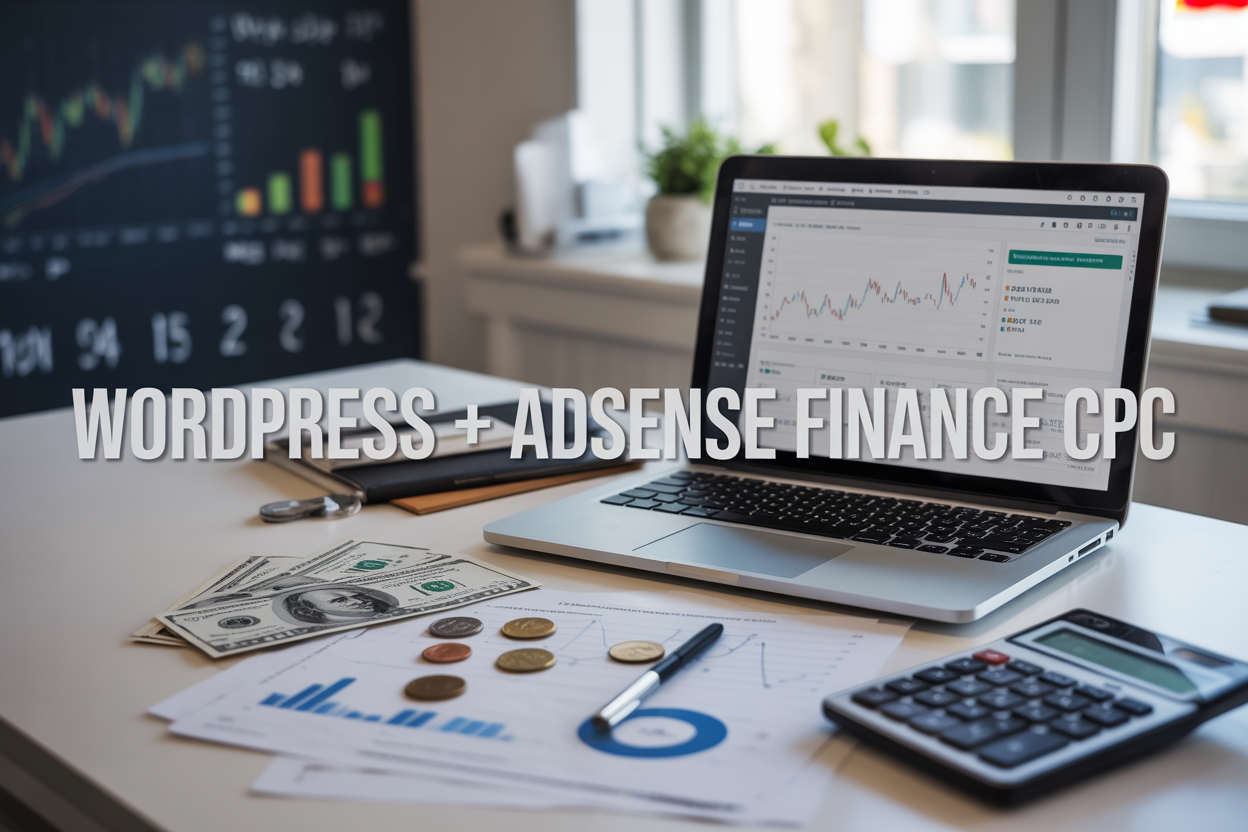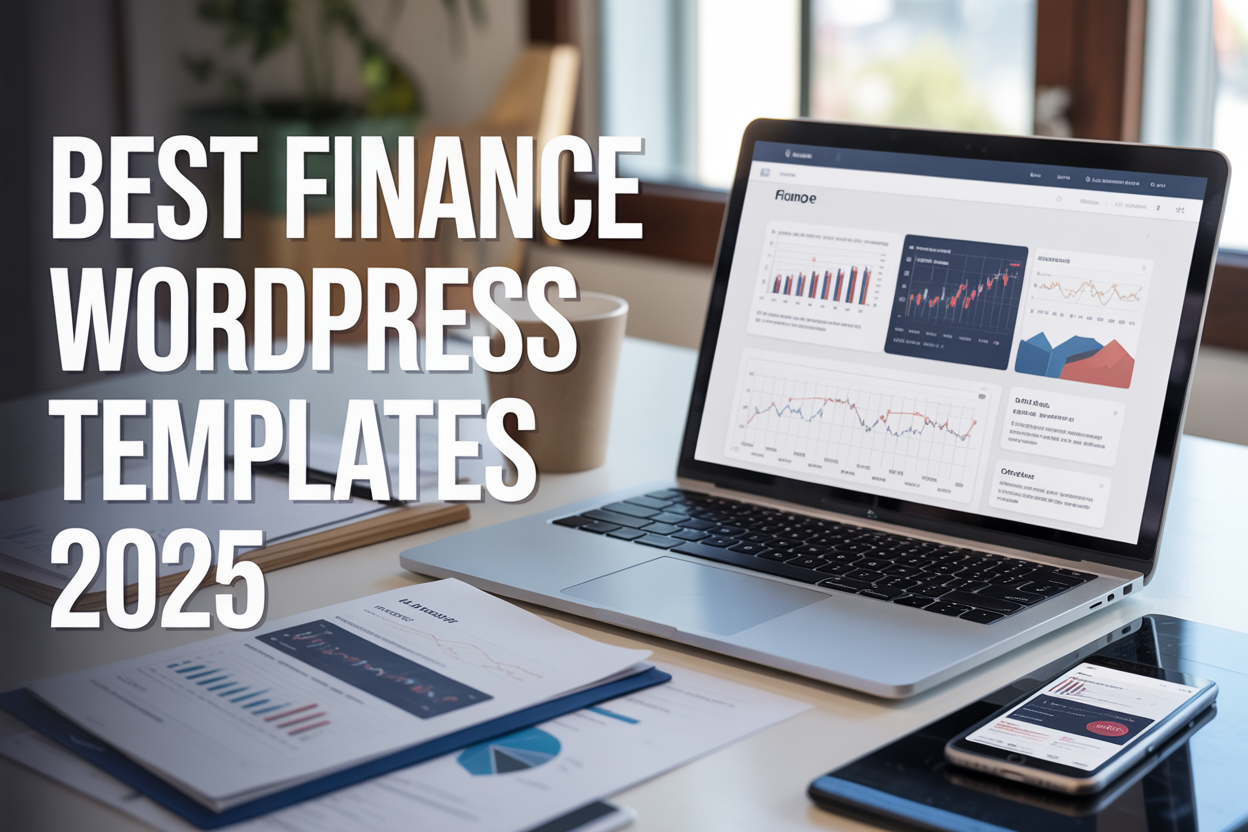
Creating a loan calculator website with WordPress can transform your financial services business or help you launch a profitable niche site. This guide is perfect for WordPress users, developers, and entrepreneurs who want to add interactive financial tools to their websites without hiring expensive programmers.
You’ll learn how to build a loan calculator website that actually converts visitors into leads. We’ll walk through designing a clean, user-friendly loan calculator interface that builds trust with your audience. Then we’ll cover the calculation logic you need to make your mortgage calculator WordPress plugin work accurately for different loan types. Finally, we’ll explore proven strategies to market your loan calculator website and attract the right audience who needs your financial tools.
By the end of this WordPress loan calculator tutorial, you’ll have a professional calculator that can handle everything from basic loan payments to complex mortgage calculations.
Design Your Loan Calculator Interface
Choose the Right Layout Style
Pick a clean, professional design that matches your website’s branding when creating your WordPress loan calculator. Most successful loan calculator WordPress plugins feature a simple form layout with clearly labeled input fields for loan amount, interest rate, and repayment term. Consider using a two-column design where users enter details on the left and see instant results on the right. This WordPress custom calculator approach keeps everything visible without scrolling. Add visual elements like progress bars or charts to make the mortgage calculator WordPress more engaging and help users understand their payment breakdown at a glance.
Essential Input Fields
Your loan payment calculator code needs specific input fields to deliver accurate results. Include loan amount, annual interest rate, loan term in years or months, and optional fields for down payment and extra payments. Group related fields together and use placeholder text to guide users. Many financial calculator website development projects benefit from dropdown menus for loan types and slider controls for amounts. Consider adding tooltips or help icons next to complex terms. Your online loan calculator creation should also include validation to prevent errors and ensure users enter realistic values.
Mobile-First Design Approach
Design your calculator interface with mobile users in mind since many people research loans on their phones. Your WordPress loan calculator tutorial should emphasize responsive design principles that work across all devices. Use larger buttons, simplified layouts, and touch-friendly elements. Stack form fields vertically on smaller screens and ensure the loan calculator widget WordPress maintains functionality without horizontal scrolling. Test your design on various devices to guarantee the build calculator with WordPress experience remains smooth and professional regardless of screen size.
User Experience Optimization
Focus on creating an intuitive flow that guides users naturally through the calculation process. Your how to build loan calculator website strategy should prioritize clarity over complexity. Use consistent styling, logical field ordering, and immediate feedback when users interact with elements. Add loading animations for calculations and clear error messages when something goes wrong. Consider implementing auto-save functionality so users don’t lose their progress, and provide easy ways to reset or modify calculations without starting over completely.
Build the Calculation Logic
JavaScript Functions for Loan Calculations
Creating the core calculation logic requires JavaScript functions that handle principal amounts, interest rates, and loan terms. The most common formula used is the monthly payment calculation: M = P[r(1+r)^n]/[(1+r)^n-1], where M equals monthly payment, P represents principal amount, r shows monthly interest rate, and n indicates total payments. You can implement this loan payment calculator code directly in your WordPress theme’s functions.php file or create a custom WordPress loan calculator plugin. For mortgage calculator WordPress functionality, add validation functions that check user inputs, format currency displays, and handle edge cases like zero interest rates. This financial calculator website development approach ensures accurate calculations while maintaining user-friendly interfaces that integrate seamlessly with your WordPress site’s existing design and functionality.
Database Integration and Data Storage
Setting up proper database integration allows your WordPress custom calculator to store user calculations and generate reports. Create custom database tables to log calculation history, user preferences, and popular loan scenarios. This online loan calculator creation strategy helps you understand user behavior while providing valuable analytics. WordPress offers built-in database functions like $wpdb->insert() and $wpdb->get_results() that simplify data operations. Consider implementing AJAX calls to process calculations without page refreshes, creating a smoother user experience. Store calculation parameters in WordPress options table for easy retrieval and modification. This database approach supports your loan calculator widget WordPress by enabling features like saved calculations, comparison tools, and personalized loan recommendations based on previous user interactions.
Error Handling and Input Validation
Robust error handling prevents calculation errors and improves user experience on your loan calculator WordPress plugin. Implement client-side validation using JavaScript to check for empty fields, negative numbers, and unrealistic loan terms before processing. Server-side PHP validation provides additional security layers that prevent malicious inputs and database corruption. Create user-friendly error messages that guide users toward correct input formats without technical jargon. Your WordPress loan calculator tutorial should include sanitization functions that clean user inputs using WordPress built-in functions like sanitize_text_field() and floatval(). Add range checks that ensure interest rates stay within realistic bounds and loan terms don’t exceed reasonable limits. This comprehensive validation system protects your build calculator with WordPress project while maintaining professional functionality that users can trust for their financial planning needs.
Market Your Loan Calculator Website
Optimize for Search Engines
Your loan calculator WordPress plugin needs strong SEO to attract users searching for financial tools. Target keywords like “mortgage calculator,” “loan payment calculator,” and “online loan calculator” throughout your content. Create dedicated landing pages for different calculator types and write helpful blog posts about loan calculations. Build quality backlinks by reaching out to financial websites and offering your calculator as a valuable resource.
Leverage Social Media Marketing
Share your WordPress loan calculator tutorial success stories across social platforms. Create short videos demonstrating how your calculator works, post screenshots of results, and engage with finance-focused communities on Reddit and Facebook groups. LinkedIn works particularly well for reaching professionals who need mortgage and business loan calculators.
Partner with Financial Professionals
Connect with mortgage brokers, financial advisors, and real estate agents who can benefit from your financial calculator website development. Offer white-label versions of your calculator or create custom calculators tailored to their specific needs. These partnerships provide steady traffic and credibility to your platform.
Content Marketing Strategy
Develop a content calendar featuring loan-related topics that showcase your WordPress custom calculator. Write comparison guides, how-to articles, and financial tips that naturally link to your calculator. Guest posting on finance blogs and creating downloadable guides helps establish authority while driving targeted traffic to your calculator website.
Track Performance and Optimize
Monitor user behavior through Google Analytics to see which calculator features get the most use. A/B test different layouts, button colors, and call-to-action placements to improve conversion rates. Regular updates and feature additions keep users coming back and improve your search engine rankings for online loan calculator creation terms.
















